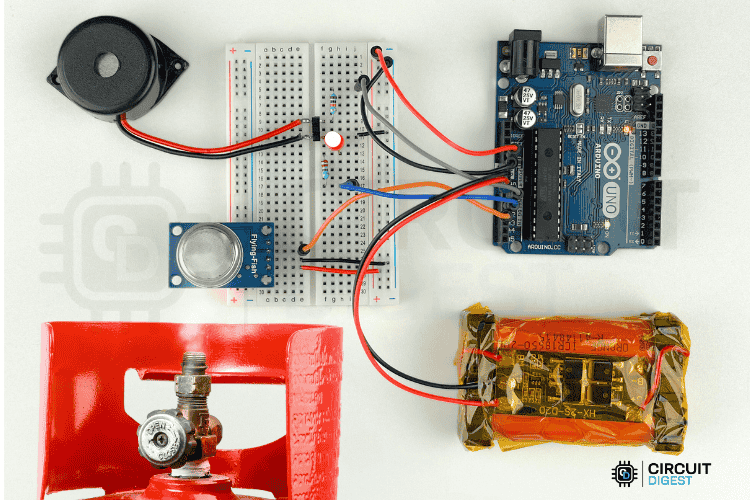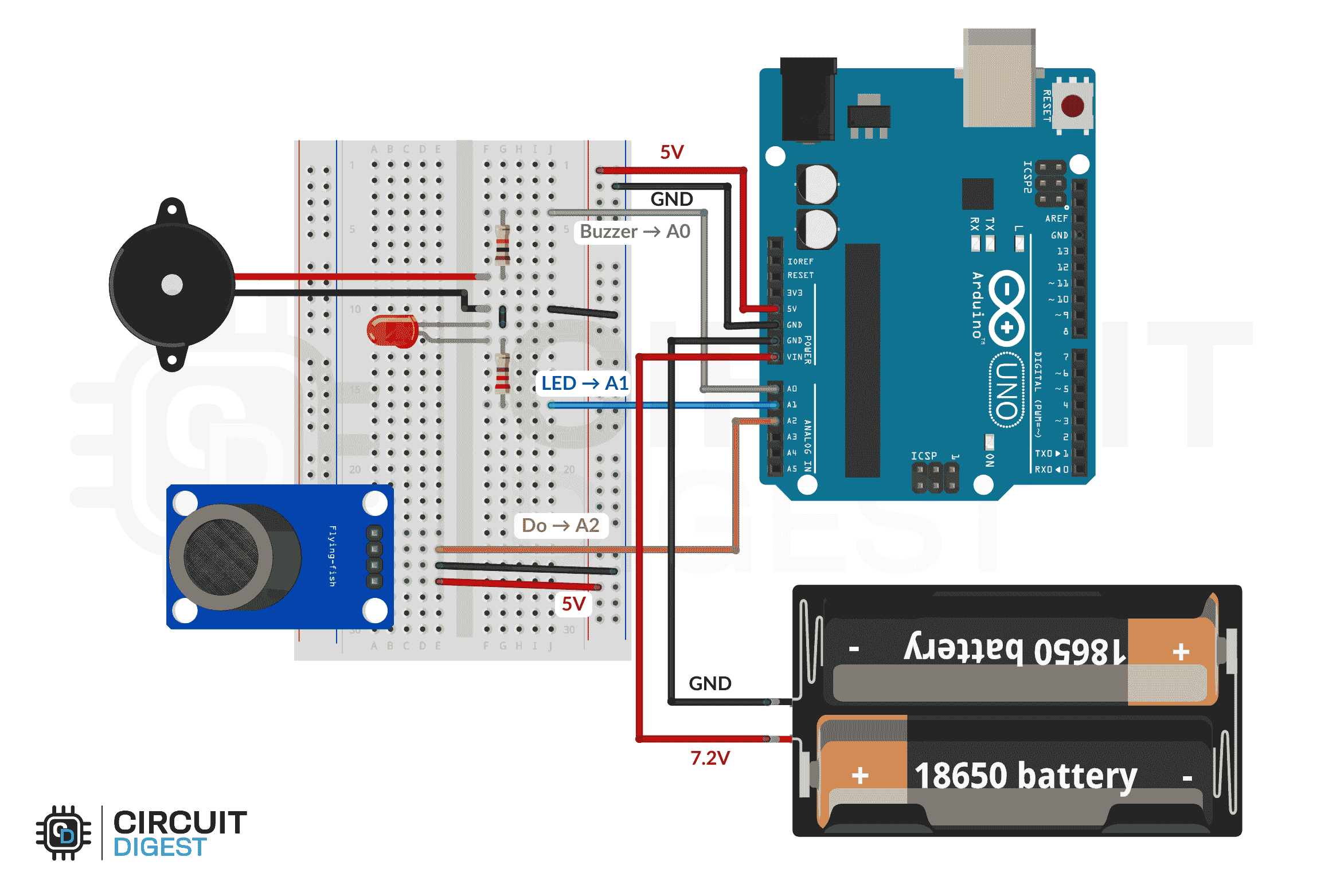Adding external storage to a microcontroller project opens up many possibilities, from data logging and configuration storage to saving time - stamped sensor readings. The Raspberry Pi Pico SD card module is a simple and reliable way to achieve this using a standard microSD card and the SPI communication protocol.
In this project, we are Raspberry Pi Pico SD card module and demonstrate how to create, read, write, and delete files using an interactive Serial Monitor menu. This setup provides a clear understanding of how embedded systems handle external storage using the FAT32 file system.
Overview of the Project
The Raspberry Pi Pico communicates with the SD card module using the SPI interface. Most SD card modules include a built-in 3.3V regulator and basic level shifting, making them safe to use directly with the Pico’s 3.3V logic levels. Once connected, the Pico can access gigabytes of storage for logging sensor data, storing text files, or saving device settings.
To make the learning experience more interactive, this project uses a Serial Monitor menu that allows users to perform file operations in real time by sending simple commands.
Components Required
- Raspberry Pi Pico
- SD card module
- microSD card
- Breadboard and jumper wires
- USB cable for power and programming
SD Card Module Pin Configuration for Raspberry Pi Pico
How It Works
The SD card module connects to the Pico’s default SPI0 pins. The Arduino SD and SPI libraries handle communication, file creation, reading, writing, and deletion. Once powered on:
- The Pico initializes the SD card
- A menu appears on the Serial Monitor
- Users select actions like creating a file, writing text, reading data, or deleting files
- All operations are executed instantly and displayed in real time
This makes it easy to understand how SPI communication and file handling work internally.
Circuit Diagram
SD Card Preparation Tips
For reliable operation:
- Format the SD card to FAT32
- Use a single MBR partition
- Avoid exFAT or GPT formatting
- Prefer standard Class 4 or Class 10 microSD cards
Improper formatting is the most common reason for SD card initialization failures.
Applications of Raspberry Pi Pico SD Card Interface
- Sensor data logging
- Configuration and settings storage
- Offline data recording
- IoT and embedded monitoring systems
- Long-term data collection projects







































